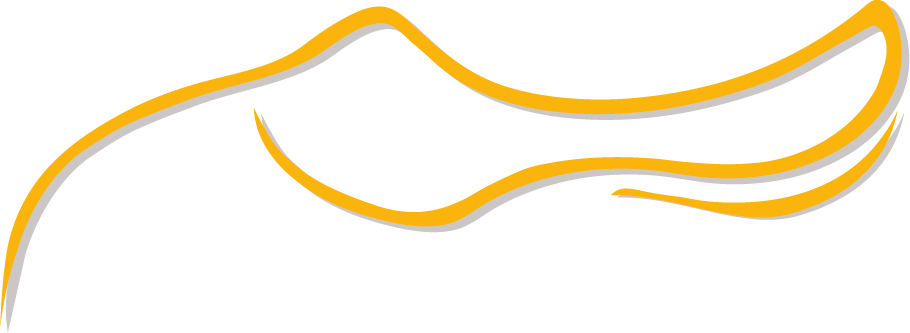
LA MACEL SAMBA par Jean-Luc CORNILLE – partie 3
MONTER AVEC LA SAMBA
(Selle de Dressage MACEL)
« The last saddle you will ever need »
La flexion latérale se produit entre les vertèbres T16 et T9. Les rotations transversales sont situées entre T14 et T9. Fondamentalement, la flexion latérale et les rotations axiales se produisent entre les cuisses du cavalier.
Avec un rétrécissement de l’arçon sous le haut des cuisses et une conception astucieuse des matelassures en contact avec le dos du cheval, le Macel Samba permet un contact précis et étudié entre les cuisses du pilote et sa monture. C’est ce qui a attiré Jean-Luc CORNILLE lorsque la Samba a été conçue en 1968.
En effet, les écoles classiques enseignent la descente des cuisses vers la verticale, mais pour ce faire, il faut lutter contre la selle car la plupart encouragent plutôt à s’asseoir sur les fesses et à serrer la partie inférieure des cuisses.
Quand, succombant à la mode, certains selliers commencèrent à réaliser d’énormes taquets sur leurs selles, des sièges d’une profondeur abyssale ainsi qu’un rembourrage épais, Patrick Fesquet (le gérant de MACEL), conserva le design pertinent de la Samba, en y ajoutant une superbe qualité de cuir et un savoir-faire artisanal et prestigieux.
La flexion latérale et la rotation de la colonne thoracique du cheval se produisent entre les cuisses du cavalier et sont donc stimulées par celles-ci. Correctement installé et équilibré sur son siège, le cavalier peut facilement diriger la colonne thoracique du cheval. Cependant, l’équitation résulte plus du physique que de la posture.
Les selles au siège profond poussent le cavalier vers l’avant et le forcent à s’appuyer encore plus sur son fessier. L’angle du bassin change alors et pousse le cavalier à trouver la stabilité en serrant la partie inférieure des cuisses, ce qui déclenche une série de réactions dommageables pour le cheval.
D’énormes taquets et une bonne garniture de selle vers l’avant, sont théoriquement conçues pour assurer une position de jambe appropriée, néanmoins elles aggravent le problème de poussée des genoux et des cuisses contre les matelassures.
Certaines études et recherches ont montré que les chevaux pouvaient réagir à des pressions tellement légères que l’humain ne les sentirait même pas. Ce qui soulève donc la possibilité que l’instabilité humaine sur la selle puisse entraîner la livraison, par inadvertance, de signaux tactiles non pertinents au cheval et, par conséquent, l’échec à enseigner au cheval quel signal est significatif.
De la stabilité du siège vient la capacité à maintenir un contact souple avec le mollet sur le flanc du cheval. Le dialogue avec les jambes peut alors se limiter à des nuances subtiles de tonus musculaire. Sans équilibre neutre sur la structure du siège et une étreinte légère et délicate des cuisses, l’équitation subtile et raffinée ne peut être atteinte.
Une des approches de Science of Motion est la réhabilitation par le mouvement.
Les thérapies que nous entreprenons se concentrent sur l’identification et la correction du déséquilibre musculaire et du dysfonctionnement au niveau de l’épine dorsale. Le taux de réussite est assez élevé. Les quelques cas qui n’ont pas fonctionné étaient dû à la résistance, consciente ou subconsciente, du cavalier qui évoluait sur un siège traditionnel plaçant son poids sur les fesses, obstacle à une montée et conduite efficace. S’il est assez talentueux, le cheval parviendra à réussir l’exercice mais ceci entraînera certains dysfonctionnements. Ces dysfonctionnements créent des dommages pathologiques que la rééducation aura du mal à réparer. C’est à ce moment-là que le cavalier et le cheval auront besoin d’un bon siège et d’une selle permettant une bonne assise. La science de la perception du mouvement d’une bonne selle ne passera pas par une selle qui fixe le cheval immobile, mais une selle qui le met en mouvement.
Pour retrouver l’article dans son intégralité, ainsi que les schémas l’accompagnant, rendez-vous sur le site de Science of Motion :
– http://www.scienceofmotion.com/riding_the_samba.html
– http://www.scienceofmotion.com/mastering_stability.html
